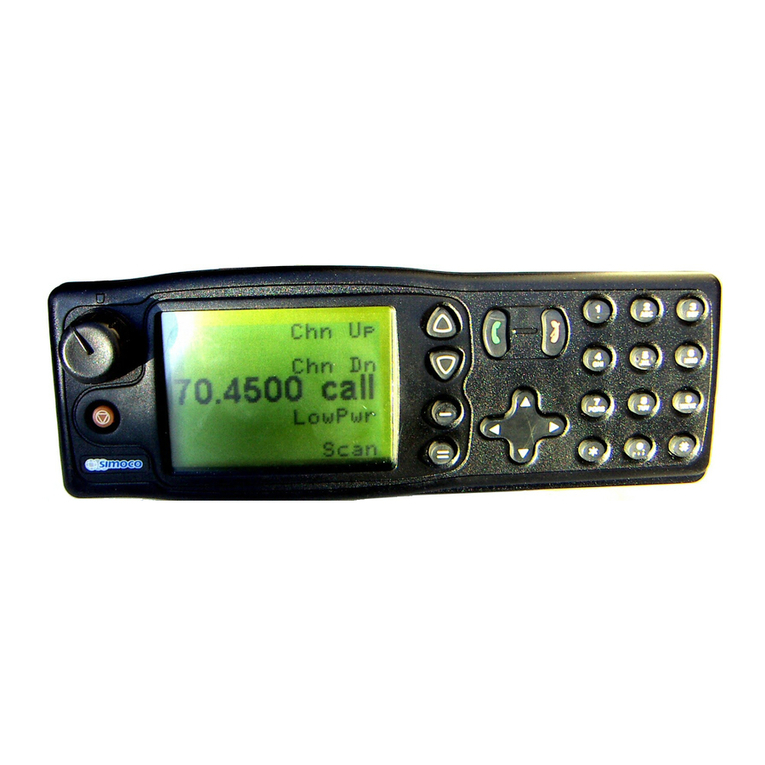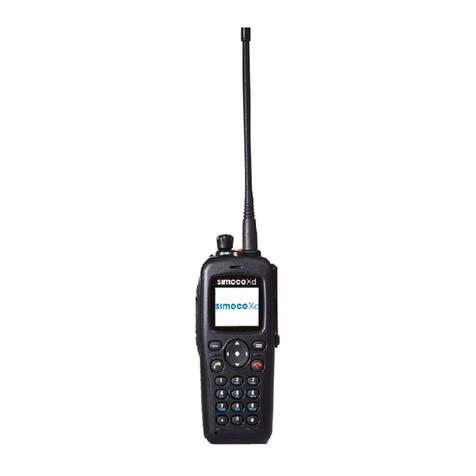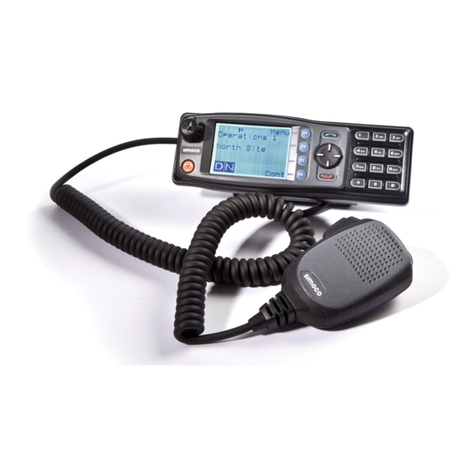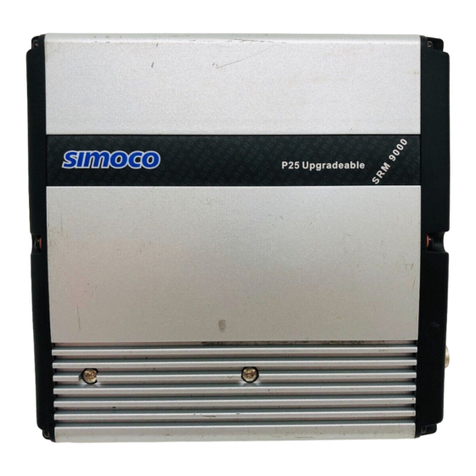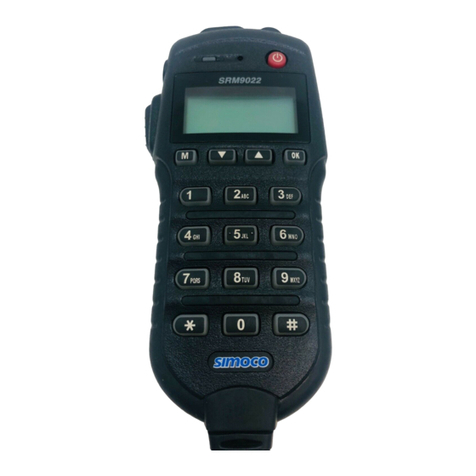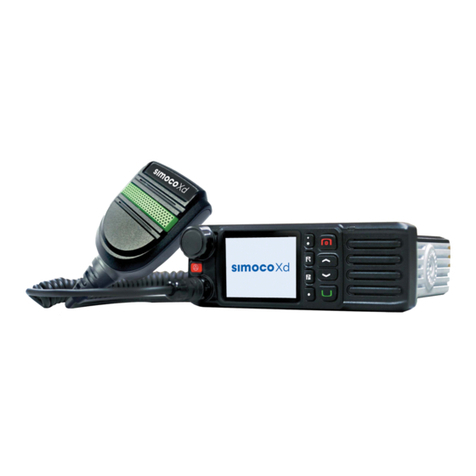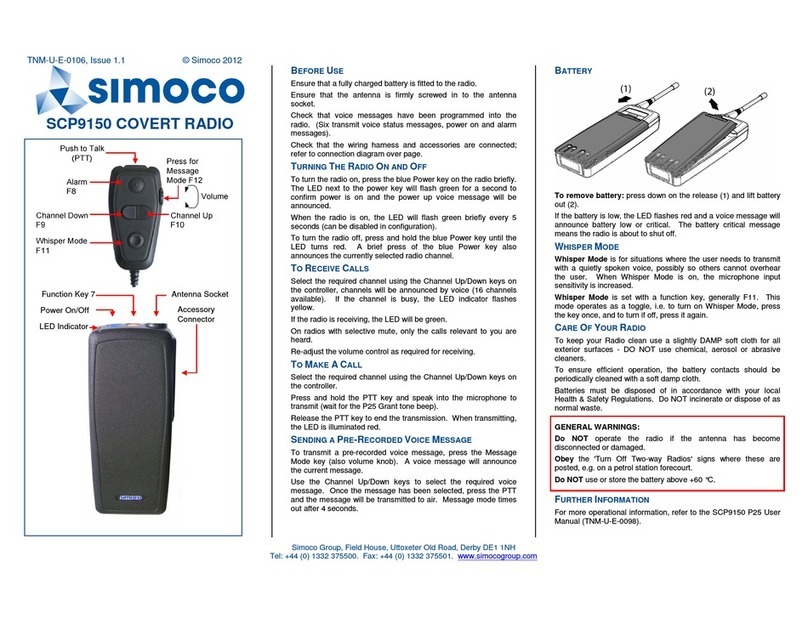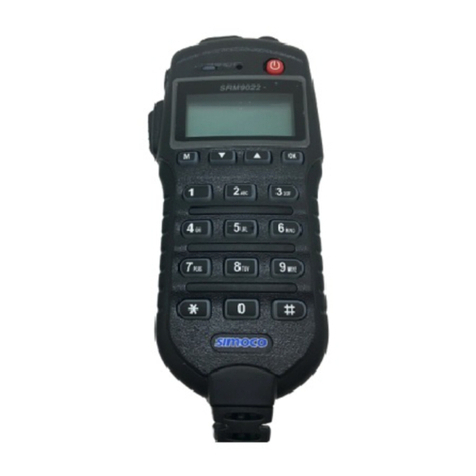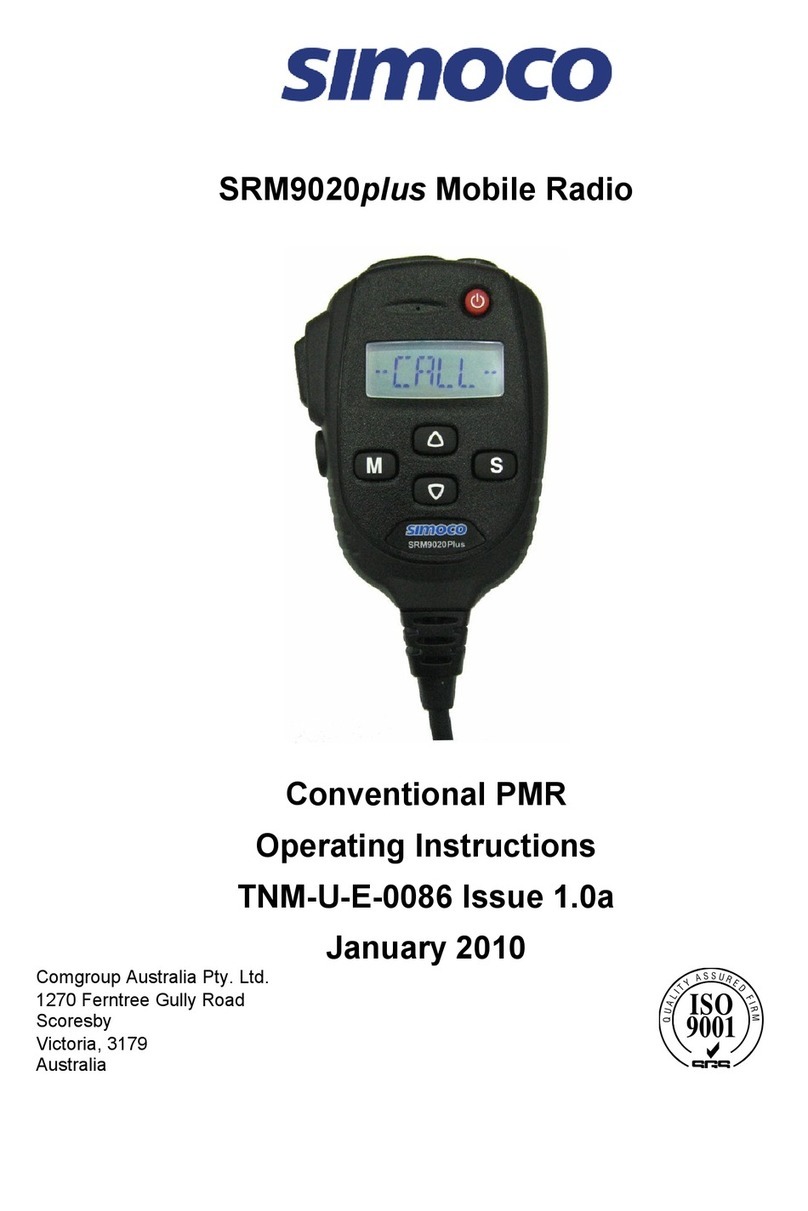
SDM630 DMR TIER II – OPERATING INSTRUCTIONS
© SimocoGroup Australasia 2013 page 4 TNM-U-E-0108 ssue 1.1
CONTENTS
1. INTRODUCTION..................................................................................................6
1.1 Overview ......................................................................................................6
1.2 Configuration ..............................................................................................6
1.3 Installation ...................................................................................................6
1.4 Modes of Operation ....................................................................................6
2. CONTROLS .........................................................................................................7
3. MENU SYSTEM.................................................................................................10
3.1 Menu Navigation .......................................................................................11
4. MENU SCREENS ..............................................................................................13
4.1 Channel Screen.........................................................................................13
4.2 Menus.........................................................................................................16
4.2.1 Zone Menu ..............................................................................................16
4.2.2 Squelch ...................................................................................................17
4.2.3 Mute Adjust .............................................................................................18
4.2.4 Phonebook Menu ....................................................................................19
4.2.5 User Options ...........................................................................................20
4.2.6 Contrast...................................................................................................21
4.2.7 Alert Volume............................................................................................22
4.2.8 Radio nformation ....................................................................................23
4.2.9 RSS (Received Signal Strength ndication) ............................................24
4.2.10 Setup Menu .............................................................................................25
4.2.11 Stored Calls.............................................................................................26
4.2.12 Messages ................................................................................................27
4.2.13 Scan Edit Menu .......................................................................................35
4.2.14 No Menu..................................................................................................37
5. COMMON FUNCTIONS AND FACILITIES .......................................................3
5.1 Switch-On/Switch-Off ...............................................................................3
5.2 Volume Adjustment ..................................................................................3
5.3 Receiving (Single Channel Screen) .........................................................3
5.4 Received Individual Calls .........................................................................3
5.4.1 Stored Calls Screen.................................................................................39
5.5 Transmitting ..............................................................................................39
5.6 Scan/vote Functions .................................................................................40
5.6.1 Scan/Vote Screen....................................................................................40
5.7 Keypad Lock..............................................................................................41

